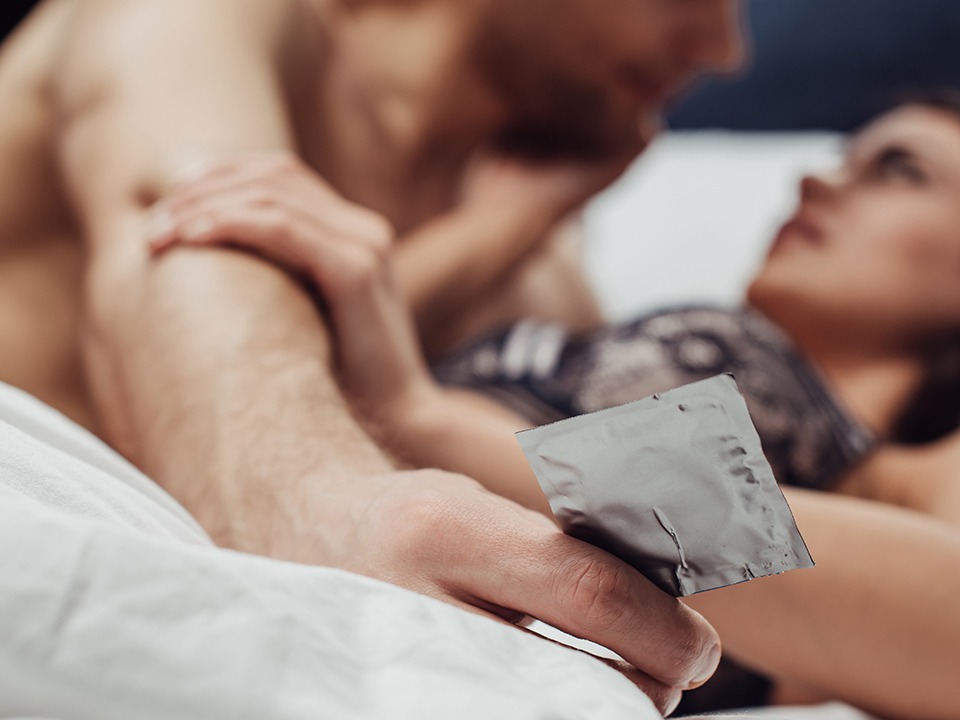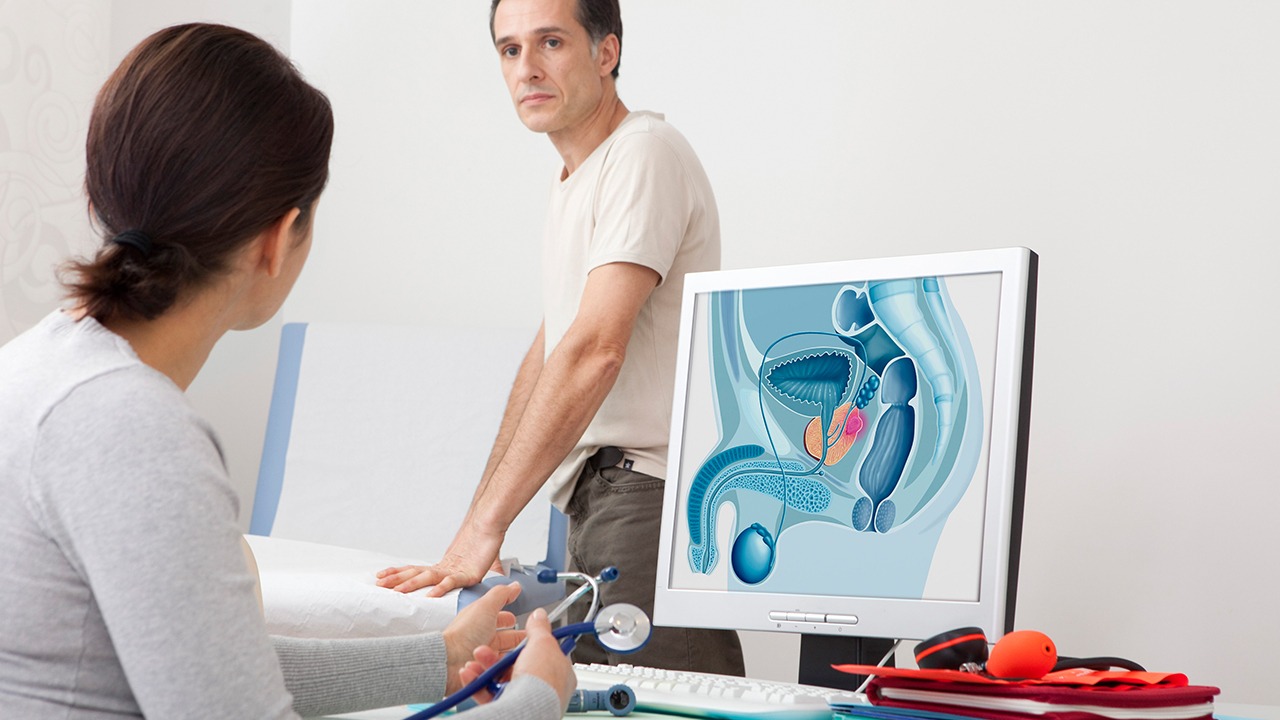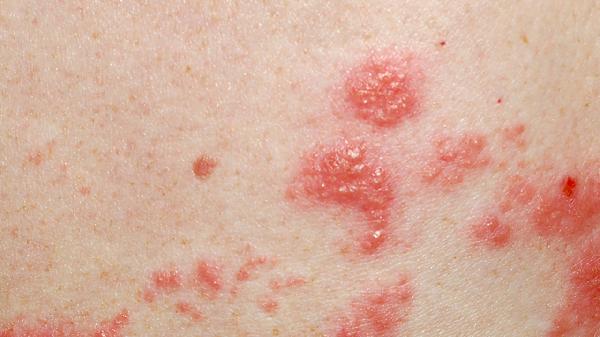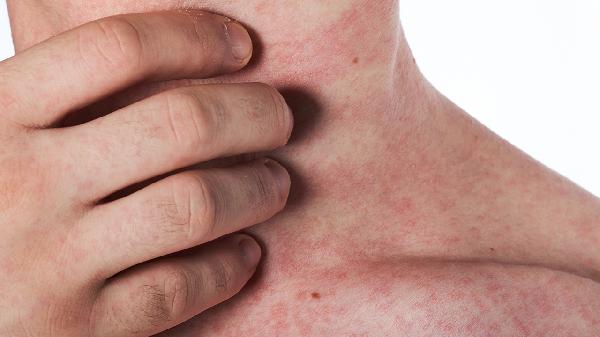For many men, the idea that cycling could impact erectile function has been a source of anxiety, particularly for those who are meticulous or introspective. Take Xiao Huang, for instance, a suburban resident who commutes daily by bicycle due to the distance between his home and workplace. A well-meaning friend warned him about the potential risks of prolonged cycling, suggesting it might affect his erectile health. This advice left Xiao Huang deeply concerned, prompting him to seek medical advice.
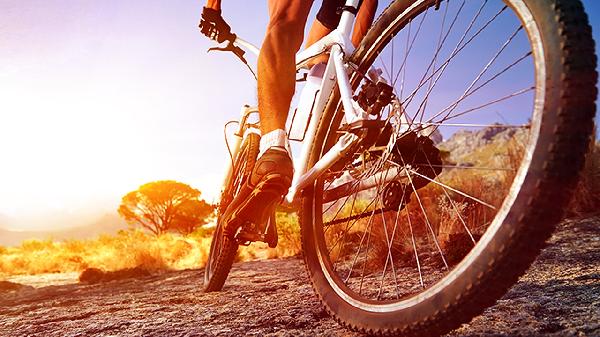
The Bicycle Nation: A Cultural Context
American is widely recognized as a nation of cyclists, with many working-class individuals relying on bicycles as their primary mode of transportation. For a significant number of men, this means spending extended periods on their bikes, raising understandable concerns about the potential impact on their sexual health and overall well-being. While these worries are valid, it’s essential to approach the issue with nuance and understanding.
Cycling and Erectile Function: The Science
From a physiological standpoint, cycling does not directly affect erectile function. In fact, it may even have benefits for sexual health, particularly for men already experiencing erectile dysfunction. Cycling is a full-body exercise that engages the muscles, blood vessels, and nerves in the pelvic and lower abdominal regions. This activity can stimulate and strengthen the neural reflexes associated with erections, potentially enhancing sexual performance. Additionally, the pressure and massage-like effect of the bicycle seat on the perineal area can improve blood flow and contribute to better erectile function.
Potential Risks of Prolonged Cycling
However, long-term and excessive cycling can pose certain risks. It may contribute to localized congestion-related conditions, such as chronic prostatitis and seminal vesiculitis, which can negatively impact sexual function. The prostate’s vulnerable position means that men are essentially “sitting” on it during cycling, leading to increased pressure and potential inflammation. This can make it harder for the prostate to expel fluids, exacerbating discomfort and health issues.
Practical Tips for Cyclists
To mitigate these risks, it’s advisable to avoid prolonged cycling sessions. For those who rely on bicycles for transportation, simple adjustments can make a significant difference. Opting for a softer, ergonomically designed seat with a central depression can reduce pressure on the perineum. Additionally, taking breaks during long rides—such as walking the bike during red lights—can alleviate strain on the prostate and surrounding tissues. These small changes can help prevent related health issues and indirectly support sustained erectile function.
Balance and Awareness
While cycling offers numerous health benefits, including potential improvements in erectile function, it’s crucial to strike a balance. Men who cycle regularly should be mindful of their riding habits and make adjustments to minimize any adverse effects on their sexual health. By staying informed and proactive, cyclists can enjoy the advantages of this eco-friendly mode of transportation without compromising their well-being.


